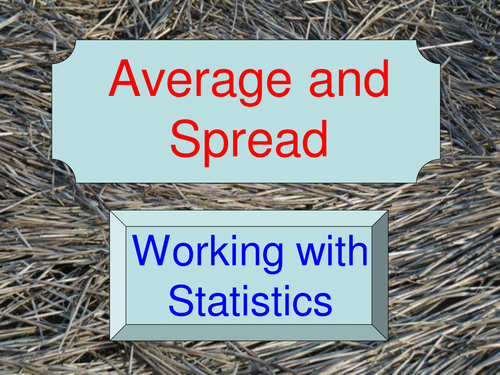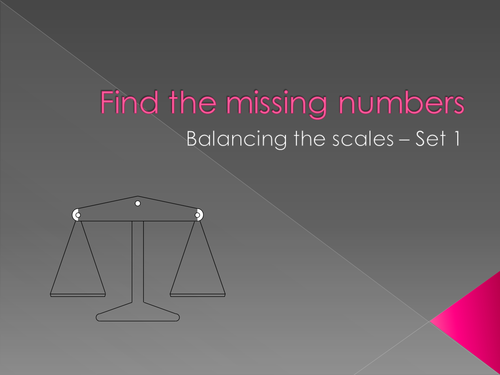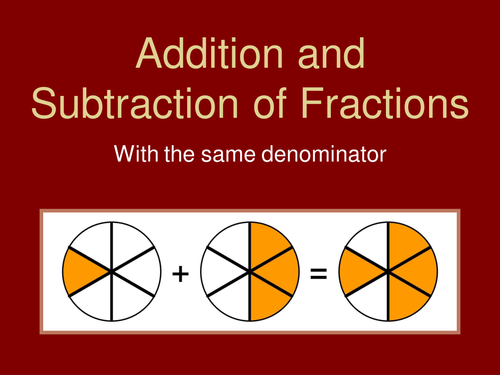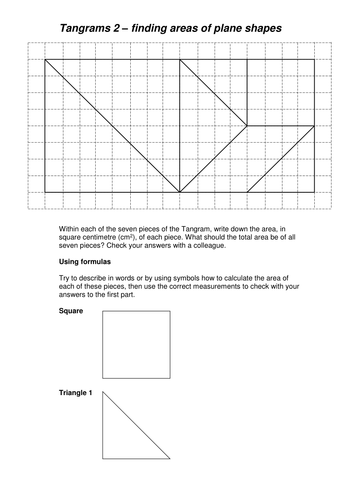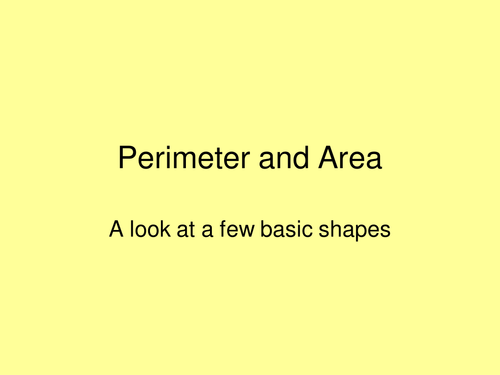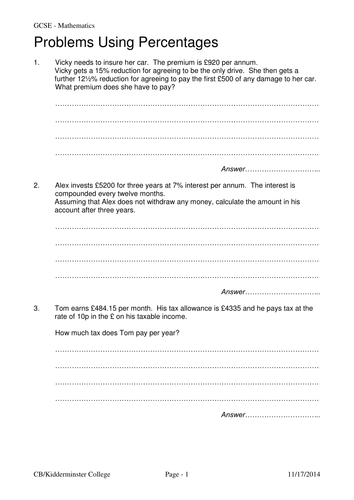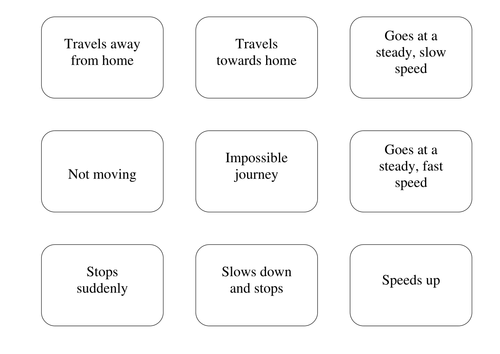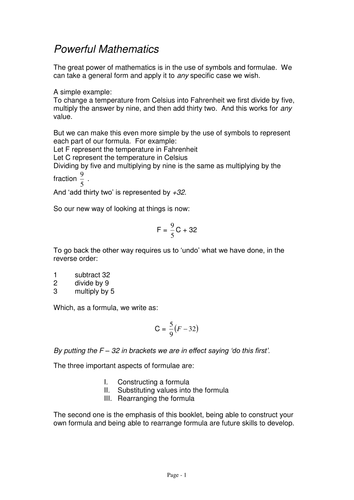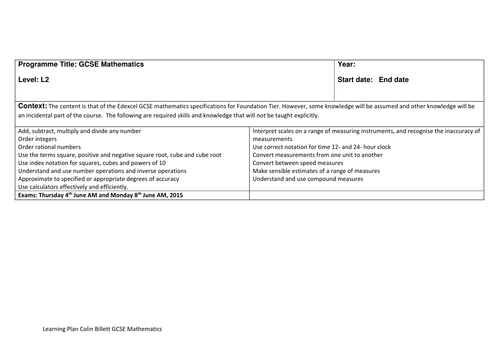Colinbillett's Shop
I taught in a range of schools for many years before moving into FE, where I found creative and imaginative approaches just as rewarding with adults. Most of my resources are concerned with giving control to the learner, through a range of methods. Some are great for just giving them experience of examination questions, and the chance to discuss these with other learners. I now concentrate on spreading the range of creations from UK KS1 to KS4, and across the Common Standards.



